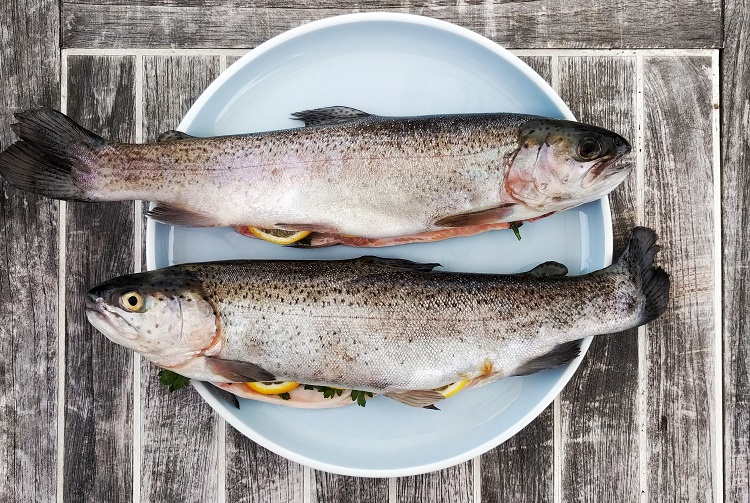Faux Fish might be the new meat alternative out there. U.S. retail sales of plant-based foods grew 27% in 2020, bringing the total market to roughly $7 billion, according to data from the Plant-Based Foods Association (PBFA) and the Good Food Institute (GFI).
The global market is forecasted to grow to $450 billion by 2040, according to consulting firm Kearney, which would represent roughly a quarter of the broader $1.8 trillion meat market.
Faux Fish on The Ride

“Conventional seafood really has a health halo around it; it’s seen as a very healthy food that doctors often tell patients to consume more of,” Marika Azoff, corporate engagement specialist at GFI, said as to why alternative fish products may have lagged behind.
“The environmental impacts aren’t as straightforward as they are with beef and dairy – they are a little bit more complex and kind of harder for the general public to grasp.”
Dietary Guidelines for Americans
“There’s no reason that alterative seafood can’t or won’t catch up to the other types of alternative proteins,” said Azoff. “There is not a dominate company in plant-based seafood the way the meat and dairy categories have, but we’re seeing potential for that to change soon.”
“They’re technologically impressive and can and should be able to coexist with real seafood, as long as they’re labeled accurately,” Gibbons said. They can also be helpful for the fishing industry and the environment.
“The USDA’s Dietary Guidelines for Americans highlight that consumers don’t eat nearly enough seafood and it is unarguably the healthiest animal protein on the planet,” he said.
Final Words
“Few public health professionals would recommend imitation seafood over the real thing. They might make that recommendation for other products but not seafood.
From that perspective these plant-based amalgams aren’t really alternatives they’re simply imitations.” Thanks for reading our article Faux Fish on The Ride. Continue reading and have a good day.
















